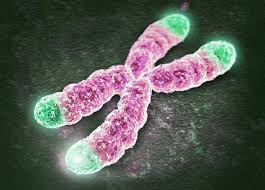Editor’s summary
The enzyme telomerase synthesizes telomeric repeats at the ends of linear chromosomes, allowing the shelterin protein complex to bind and protect the ends from the DNA damage response. If telomerase were to add telomeres to broken DNA ends, then genes distal to the break could be lost. Kinzig et al. found that human telomerase can act at broken DNA ends, thereby threatening genome integrity (see the Perspective by Arnoult and Cech). They show that this genome-destabilizing aspect of telomerase is averted by the ATR kinase component of the DNA damage response. —Di Jiang
Abstract
Telomerase, the enzyme that maintains telomeres at natural chromosome ends, should be repressed at double-strand breaks (DSBs), where neotelomere formation can cause terminal truncations. We developed an assay to detect neotelomere formation at Cas9- or I-SceI–induced DSBs in human cells. Telomerase added telomeric repeats to DSBs, leading to interstitial telomeric repeat insertions or the formation of functional neotelomeres accompanied by terminal deletions. The threat that telomerase poses to genome integrity was minimized by ataxia telangiectasia and Rad3-related (ATR) kinase signaling, which inhibited telomerase at resected DSBs. In addition to acting at resected DSBs, telomerase used the extruded strand in the Cas9 enzyme-product complex as a primer for neotelomere formation. We propose that although neotelomere formation is detrimental in normal human cells, it may allow cancer cells to escape from breakage-fusion-bridge cycles.







